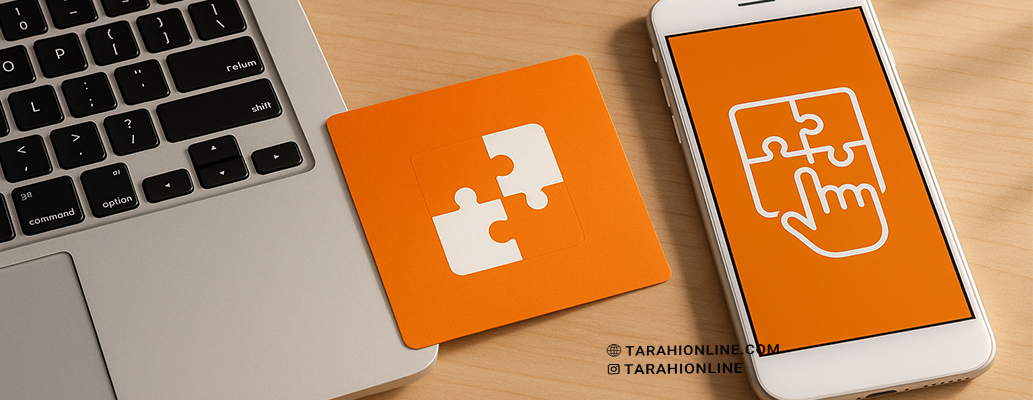
An interactive logo is a next-generation logo that goes beyond a static image, engaging with its audience or environment dynamically. By leveraging digital technologies, animation, or adaptability, interactive logos create engaging and memorable experiences for users. In a world where digital media and social platforms dominate branding, interactive logos have become a powerful tool to capture attention and strengthen brand identity. This article explores the definition, characteristics, applications, and key tips for designing interactive logos.
What is an Interactive Logo?
An interactive logo is one that can change, move, or respond to user actions (such as clicks, hovers, or scrolls). Unlike traditional static logos, interactive logos are dynamic and designed to offer a unique experience on digital platforms like websites, apps, and social media. They may incorporate animations, color shifts, shape changes, or even interactions based on user data.
Characteristics of Interactive Logos
-
Dynamism: The logo can move, transform, or react to user inputs.
-
Flexibility: It adapts to various platforms and contexts (e.g., web, apps, or ads).
-
Visual Appeal: Animations or interactive effects capture audience attention.
-
Enhanced User Experience: Interaction fosters a sense of engagement and connection with the brand.
Types of Interactive Logos
-
Animated Logos: Logos with motion effects like rotation, fading, or shape-shifting, used in websites or videos.
-
Example: Google’s Doodles, which feature interactive animations for special occasions.
-
-
User-Responsive Logos: Logos that change based on user actions like clicking or hovering.
-
Example: A logo that shifts color or shape when a mouse hovers over it.
-
-
Data-Driven Logos: Logos that adapt based on user or environmental data (e.g., location or time).
-
Example: A logo that changes color based on weather or time of day.
-
-
Dynamic Logos: Logos with multiple versions for different contexts (e.g., social media or advertisements).
Applications of Interactive Logos
Interactive logos are used across various domains:
-
Websites and Apps: Interactive logos enhance user experience, such as animations during page loading.
-
Social Media: On platforms like Instagram or TikTok, animated logos attract more attention.
-
Digital Advertising: Interactive logos in banners or video ads increase engagement rates.
-
Events and Campaigns: Logos that change for special occasions create a sense of freshness and connection.
Benefits of Interactive Logos
-
Attention-Grabbing: Animations and interactivity make the logo stand out in digital content.
-
Stronger Brand Identity: Interactive logos convey the brand’s personality more creatively.
-
Increased User Engagement: Responding to user actions fosters a deeper connection with the brand.
-
Branding Flexibility: Multiple versions allow use in diverse contexts.
Challenges of Designing Interactive Logos
-
Technical Complexity: Animations or interactivity require programming or advanced tools.
-
Readability: The logo must remain clear in both static and dynamic states.
-
Platform Compatibility: It should perform well across devices (mobile, desktop).
-
Cost and Time: Designing interactive logos can be time-consuming and expensive.
Key Tips for Designing Interactive Logos
-
Keep It Simple: Even interactive logos should remain clean and recognizable. Overly complex animations may distract users.
-
Align with Brand Identity: Animations and interactions should reflect the brand’s values and personality.
-
Use Appropriate Tools: Tools like Adobe After Effects, Figma, or Lottie are ideal for creating logo animations.
-
Test Across Devices: Ensure the logo performs well on smartphones, tablets, and desktops.
-
Include a Static Version: Always have a static logo for print media or contexts where interactivity isn’t possible.
-
Optimize for Speed: Animations should be lightweight to avoid slowing down website or app loading times.
Successful Examples of Interactive Logos
-
Google Doodles: Google’s interactive logos for special events often include animations or mini-games.
-
MTV: Its dynamic, animated logo in ads and videos conveys youth and creativity.
-
Spotify: Uses interactive logos in its app and ads that change with music or user behavior.
Interactive logos are an innovative tool for enhancing a brand’s visual identity and capturing audience attention in the digital age. By incorporating animations, user responsiveness, or data-driven changes, these logos create dynamic, memorable experiences. However, their success relies on simplicity, brand alignment, and rigorous testing across platforms. With these principles, an interactive logo can set your brand apart and foster deeper connections with your audience.
The Tarahi Online graphic and logo design team, with over ten years of experience in professional graphic and logo design, is ready to assist you and bring your ideas to life. Contact us to submit your request or place an order.

